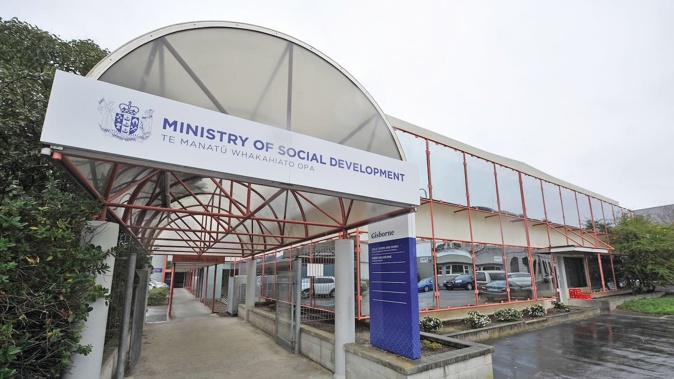
By RNZ
The longest anyone on Jobseeker Work Ready has been continuously receiving any benefit is now more than 40 years, data from the Ministry of Social Development shows.
It has released data that showed in February the longest anyone who is currently receiving Jobseeker Work Ready support had been on a benefit was 2291 weeks, or almost 44 years.
MSD group general manager for client service delivery Graham Allpress said it was possible a person could have transferred between various benefit types, some of which might not have required them to be available for work, during that time.
“This will depend on their circumstances and eligibility for those benefits during this time.”
He said the fact that the person had been on a benefit so long did not indicate that they had never had a job. They might have had casual or part-time work at the same time.
“Across the Jobseeker Support Work Ready population the average duration on benefit was 116 weeks and the average duration on Jobseeker Support health condition or disability was 223 weeks as of December 2024,” he said.
The average time in December 2016 was 123 weeks for Jobseeker Support Work Ready, and 224 for Jobseeker Support Health Condition or Disability.
Infometrics chief executive Brad Olsen said the drop in average length of benefit around 2020 and again more recently was consistent with more people going on to Jobseeker.
He said household labour force data showed the number of people studying or training had increased, which was expected in a tougher labour market.
There had also been a “fairly large” increase in the number of people who said they were off work because they were looking after themselves due to a sickness or injury, he said.
“There are a lot of mental health challenges out there.”
But the largest increase had been in people who were not looking for work and not available, he said.
“Some people realistically have complex needs and it’s not as easy to get into the workforce without supports.”
He said feedback he had heard around the country was that many employers struggled to find people who could turn up consistently.
“They’ll show up one day but they don’t do the entire week … employers need the consistency. So there are some real challenges there as well.”
ANZ senior economist Miles Workman said the amount of “structural” unemployment – people who had been out of work for more than a year – had varied over the years.
“A prolonged downturn or super disruptive shock could impact the more-than-one-year measure. However, policy changes will also play a role.”
He said in the 1990s, longer-term unemployment was high due to economic reforms and a large global recession.
Whangārei man Ric said he and his partner started getting Jobseeker Support when he left work to care for his sick father.
They got between $50 and $230 a week depending on how many hours his partner worked.
He said he felt he had been strongly encouraged to transition off the benefit, and was required to go to the local Work and Income office monthly to review the opportunities available.
“I had to be proactive in my job search and provide proof of my efforts during these monthly meetings to remain eligible for the benefit. They made me feel that receiving support is a right in New Zealand, but not something to be taken advantage of – at least in my experience as a middle-aged man.”
He had found the rate at which some support was abated as income rose had an impact.
“When we were both working full-time, the Working for Families benefit was more substantial if we were on a low income, compared to when we were on a middle-range income. I found that when I got a $50 pay rise, I ended up earning $1000 more than the low-income annual threshold, which meant we received a few hundred dollars less per week in support. So, I reduced my hours to stay earning less in order to get more assistance.”
 University of Auckland associate professor Susan St John. Photo / Cole Eastham-Farrelly, RNZ
University of Auckland associate professor Susan St John. Photo / Cole Eastham-Farrelly, RNZ
University of Auckland associate professor Susan St John said Ric’s experience of ending up worse off as he tried to shift off government assistance was not uncommon.
She said the abatement thresholds had not been adjusted for years and were “absurdly low”.
Once a household earns more than $160 a week, their entitlement to the benefit drops. Working for Families entitlements are also clawed back as income rises.
St John said if the Working for Families threshold had been adjusted for inflation, it would not start to be reduced until a household earned closer to $60,000, rather than the $42,700 it is at present.
A recent paper from Treasury had highlighted that, for many people, there was limited benefit in working extra hours and some people, particularly single parents, were worse off.
“It’s not just that you lose 27c of Working for Families, but you might be on a 30% tax rate, then you’ve got your student loan at 12c and your ACC at 1.6. Some families are caught up in the accommodation supplement, which means they lose some of that … it’s easy to do the sums and come up with some very frightening figures.”
St John said the very high effective marginal tax rate meant it was not worth earning more than $160 for many people.
“Cumulatively that makes that extra dollar not worth having. That is such a discouraging thing.”
- RNZ
Take your Radio, Podcasts and Music with you









